- FOOD
Discover How to Roast Chestnuts Perfectly Every Time
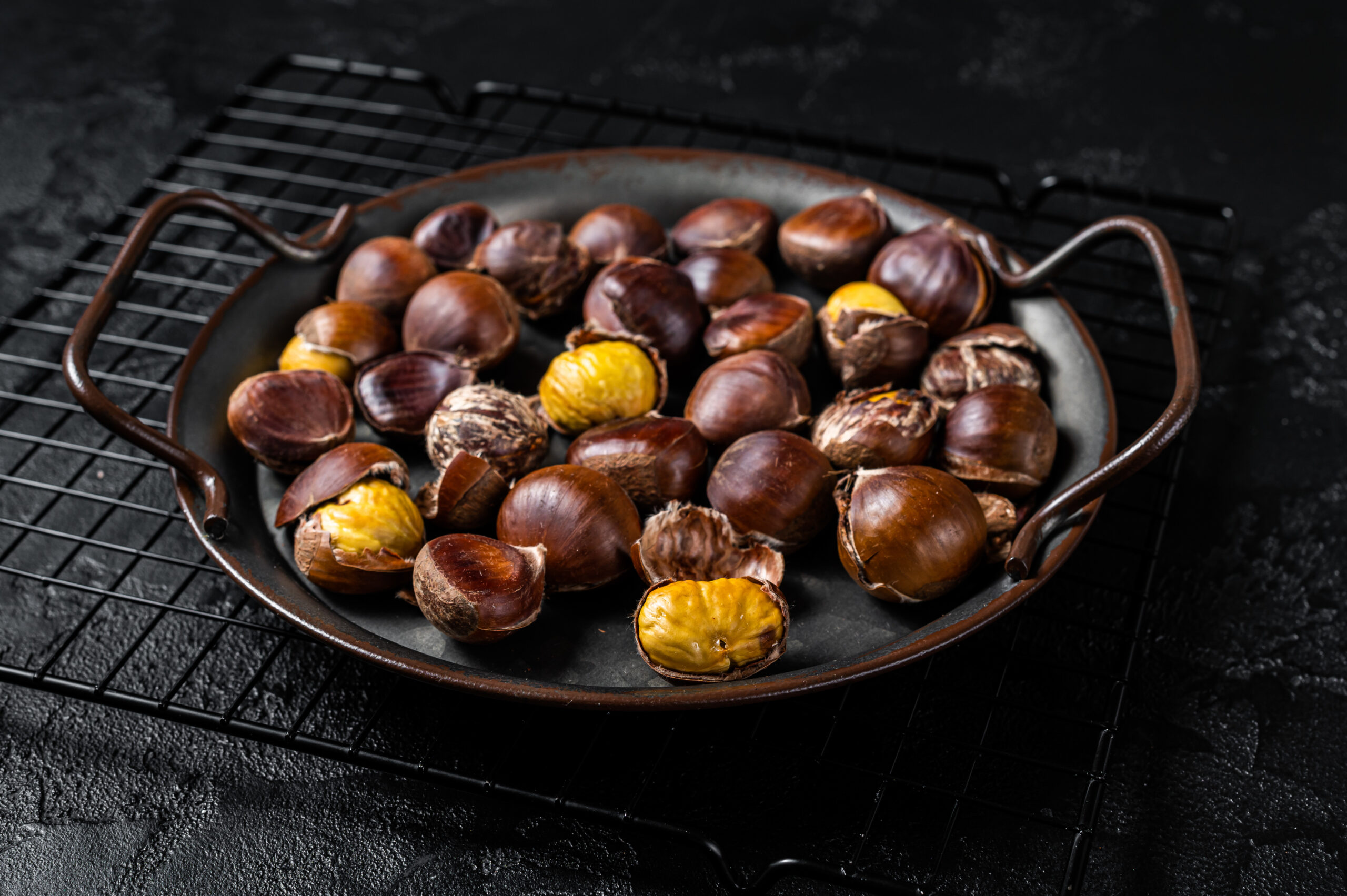
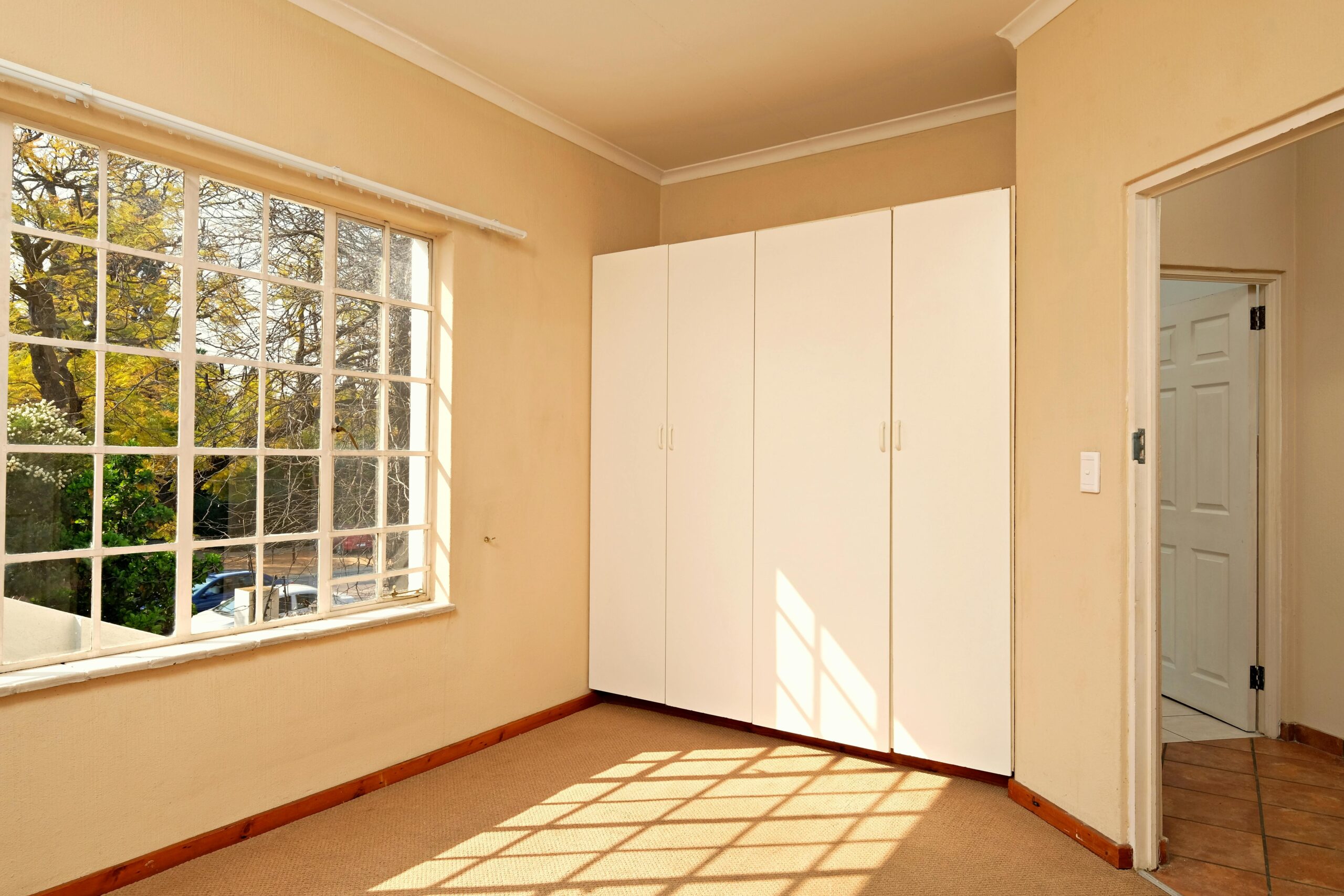
Interior design styles offer a diverse array of options to transform a space into a reflection of personal taste and functional elegance. From the sleek lines of modern design to the cozy charm of rustic aesthetics, each style has unique characteristics that cater to different preferences. Whether you’re a homeowner looking to refresh your living space or a design enthusiast exploring new trends, understanding the nuances of various interior design styles can guide you in creating a cohesive and inviting environment.
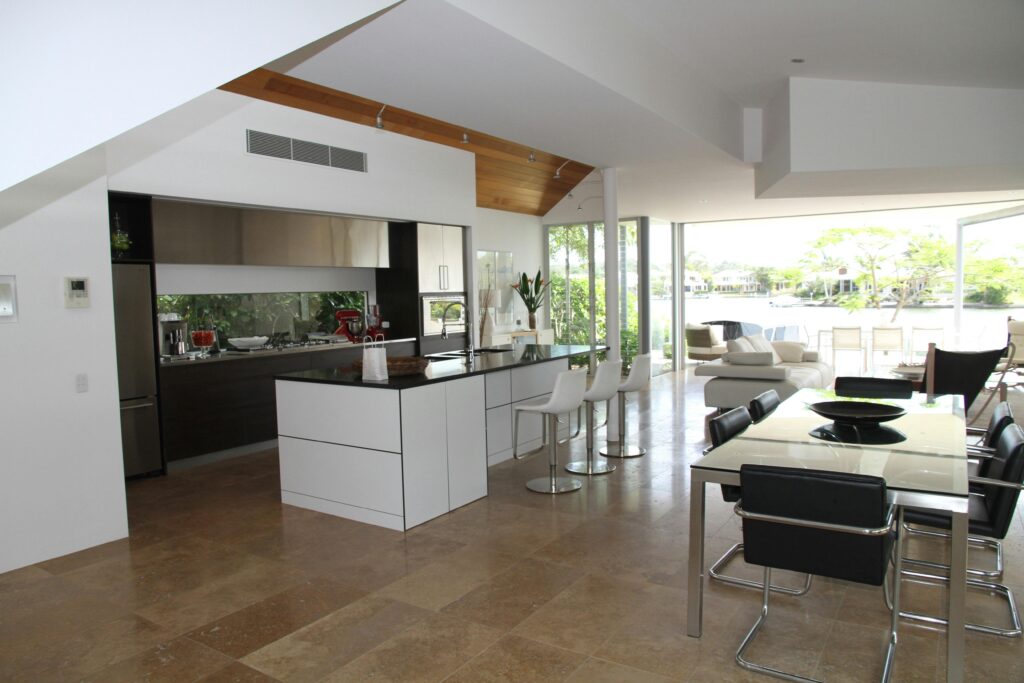
Modern and contemporary styles are often used interchangeably, yet they have distinct features that set them apart. Modern design, rooted in the early to mid-20th century, emphasizes simplicity and function, characterized by clean lines and minimal ornamentation. Contemporary design, on the other hand, is ever-evolving, reflecting current trends and innovations.
Ensure each section is concise, informative, and includes actionable insights for readers. Use bullet points for clarity where applicable.
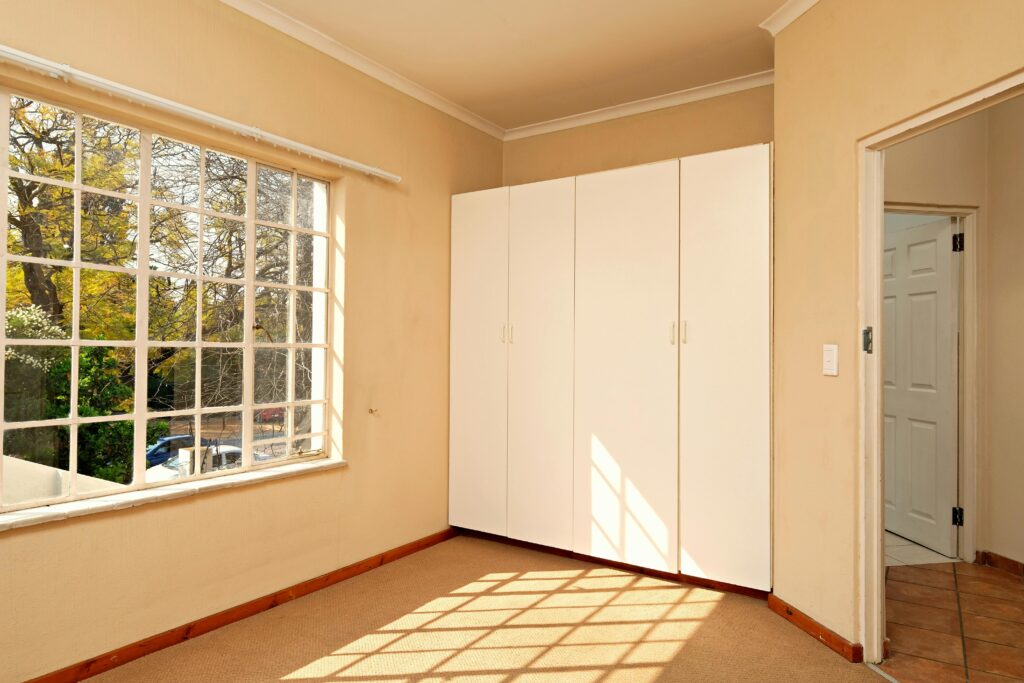
Minimalism and industrial design both focus on simplicity and functionality, yet they approach these principles differently. Minimalist interiors strip down to the essentials, creating serene and uncluttered spaces. Industrial design embraces raw materials and an unfinished look, drawing inspiration from warehouses and factories.
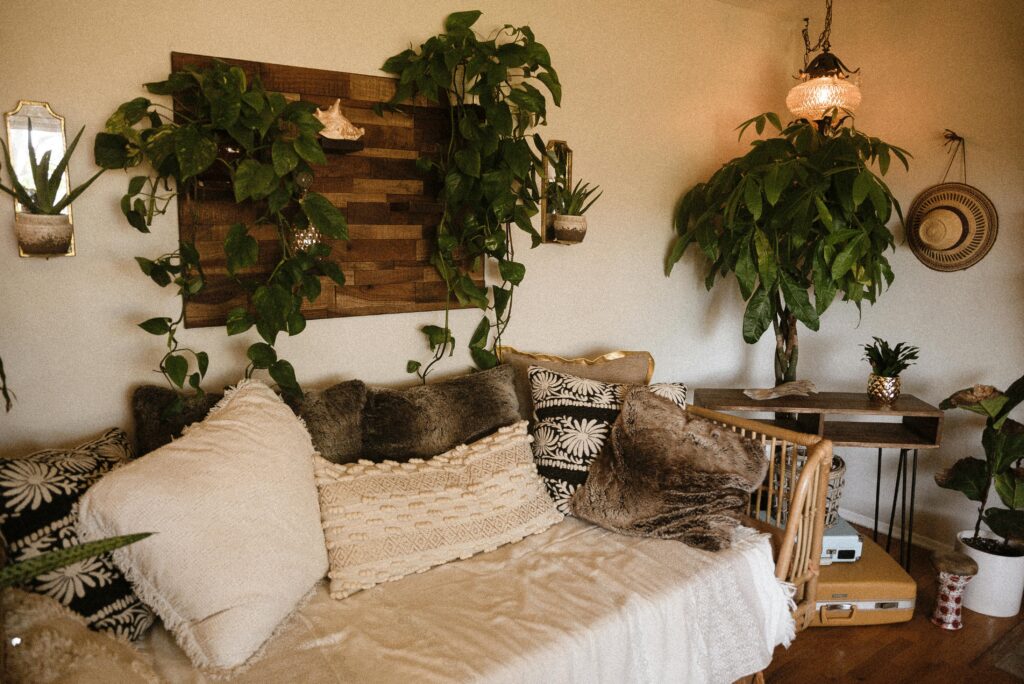
Rustic and bohemian styles offer warmth and personality, appealing to those who appreciate a lived-in, eclectic feel. Rustic design is inspired by nature, featuring organic textures and earthy colors. Bohemian style, in contrast, is vibrant and eclectic, celebrating a mix of patterns, colors, and cultures.
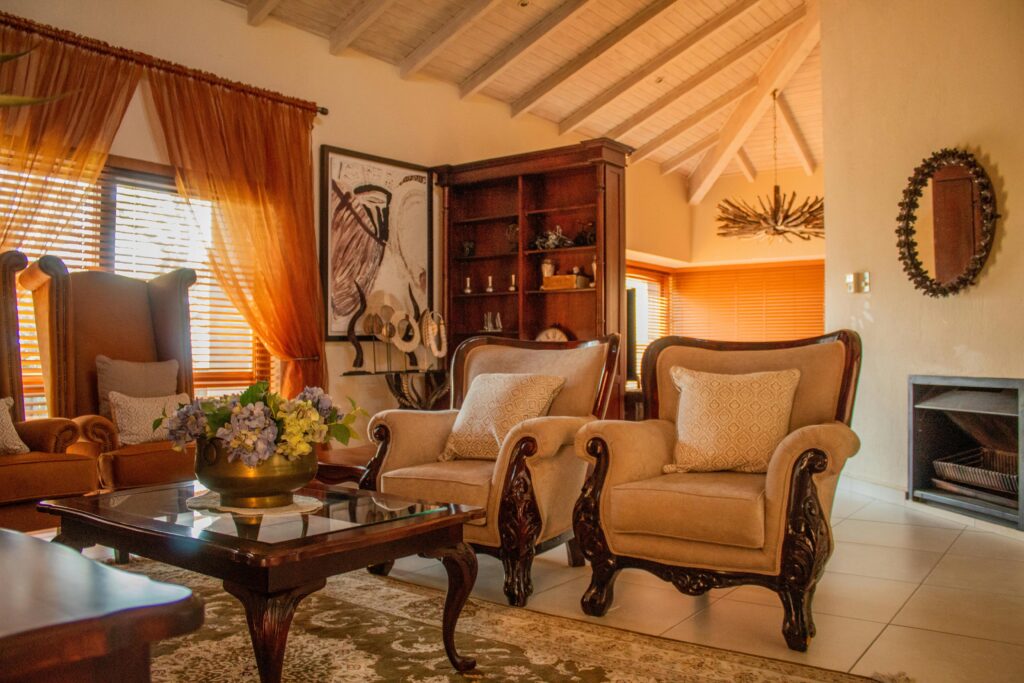
Traditional style is timeless, drawing from classic European decor with rich colors and detailed woodwork. Transitional design blends traditional and modern elements, offering a balanced approach that appeals to many homeowners.
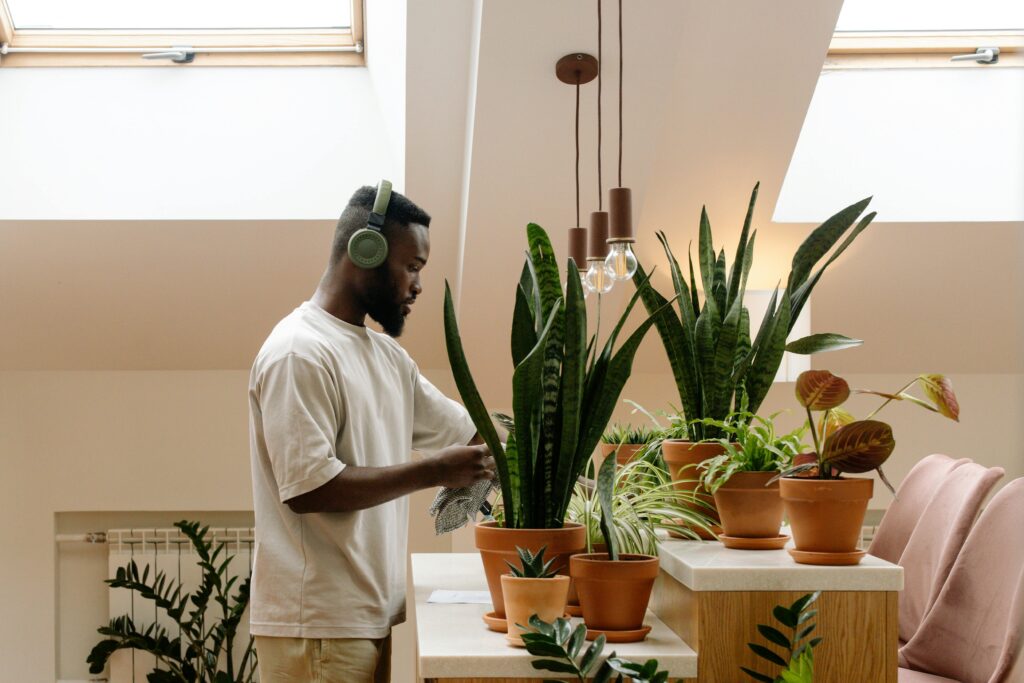
Eclectic design is perfect for those who love to experiment and express individuality through their interiors. This style allows for a mix-and-match approach, combining different styles, textures, and colors in a harmonious way.
By understanding these diverse interior design styles, homeowners and design enthusiasts can create spaces that not only meet functional needs but also resonate with personal aesthetics. Whether you’re drawn to the clean lines of modern design or the vibrant mix of bohemian style, there is a design approach that can transform your living space into a true reflection of your personality.